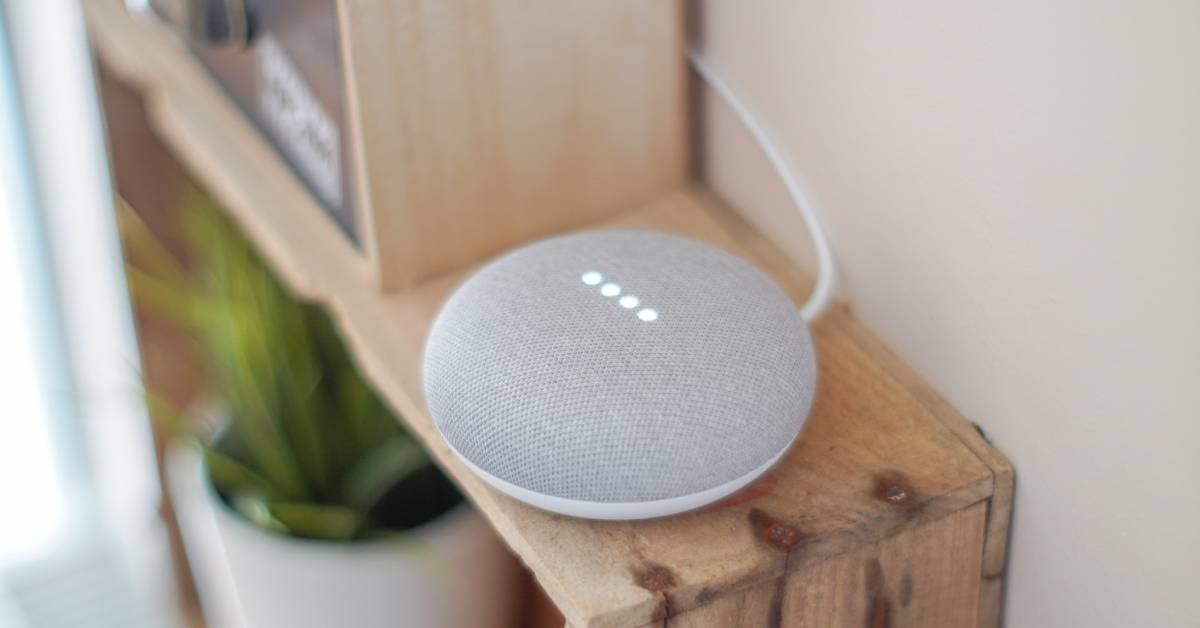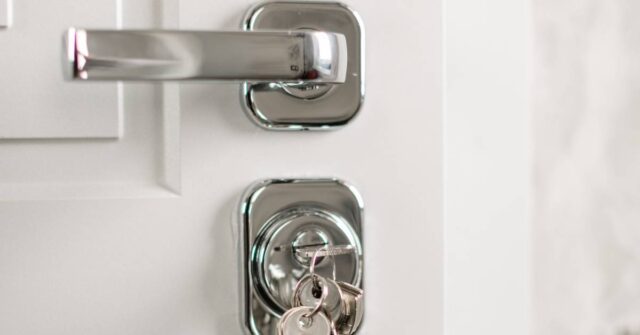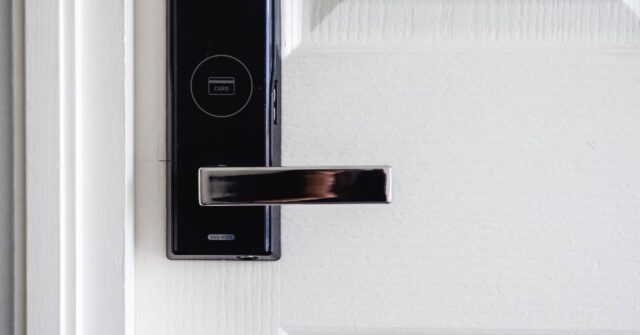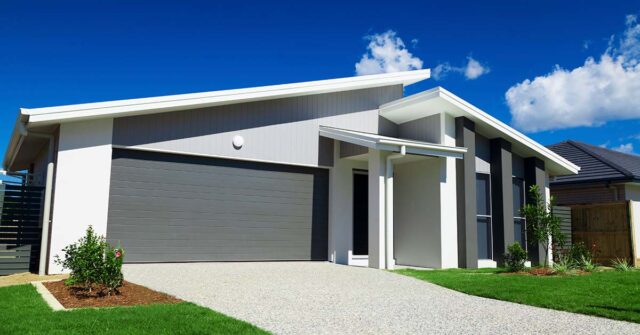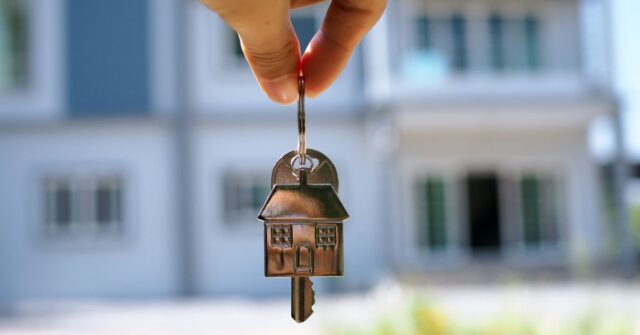In an ever-evolving digital era, the importance of home security has come to the forefront in Australia.
This article dives deep into the latest trends in home security technology, exploring everything from the role of Artificial Intelligence (AI) to the emerging influence of smart home integrations.
Strap in as we journey through the landscape of innovative solutions that are reshaping the home security industry down under.
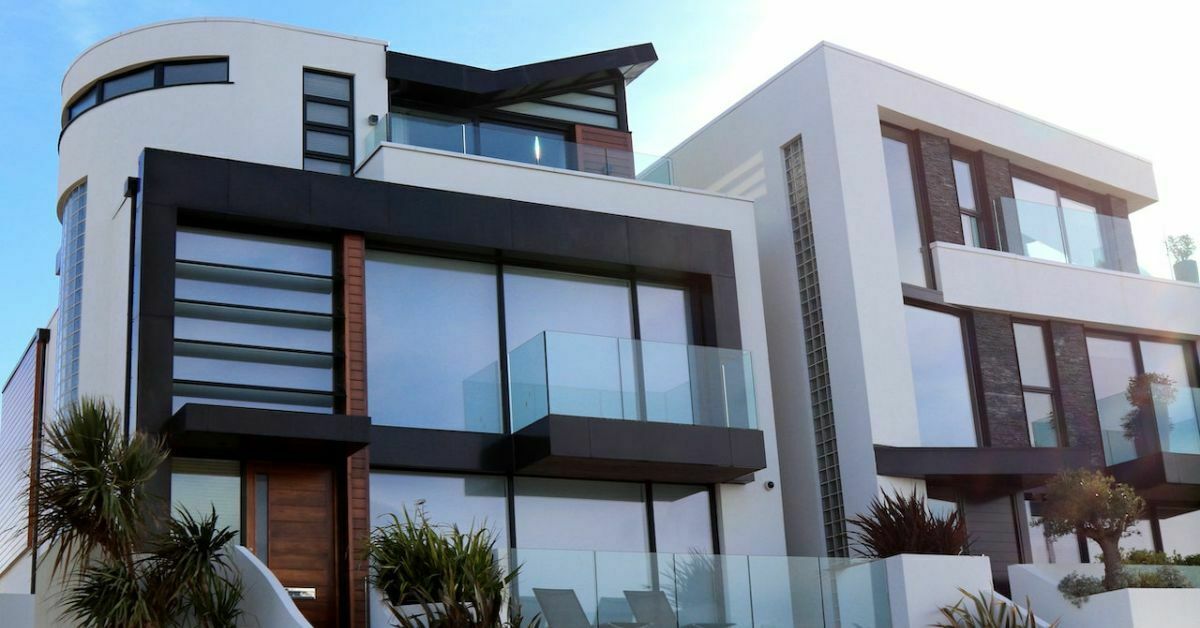
Introduction to Home Security in Australia
The concept of home security in Australia is one deeply rooted in the necessity for personal safety and peace of mind.
With an increasing rate of urbanisation and rising crime rates in some regions, the need for efficient and reliable home security systems has never been greater.
Historical Context of Home Security
In the past, home security in Australia was largely dependent on physical deterrents like locks, bolts, and security doors.
However, advancements in technology and the rise of digital connectivity have significantly transformed this landscape.
Today, home security is no longer just about physical barriers, but about creating a digital shield around your home that can detect, deter, and notify in the event of a security breach.
The Growing Importance of Home Security
The rise of smart homes and IoT devices has brought about a revolution in home security. No longer is it a luxury reserved for the wealthy; instead, it has become a vital aspect of everyday living.
Whether you’re at home or on the other side of the world, modern home security systems keep you connected to your property, providing real-time alerts and peace of mind.
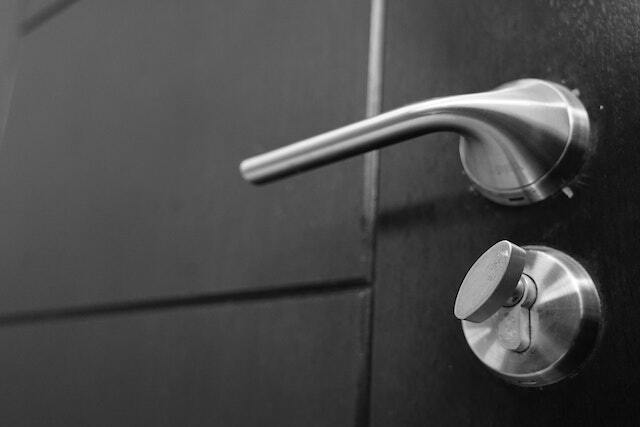
Emerging Trends in Home Security Technology
Innovations in technology continue to shape the future of home security systems in Australia. New trends are emerging, offering heightened security features and a more connected home environment.
Let’s delve into these transformative trends.
Artificial Intelligence and Machine Learning
Artificial Intelligence and Machine Learning have ushered in a new era for home security systems.
These technologies are playing a pivotal role in enabling more advanced, accurate, and responsive security measures.
AI-powered Surveillance Cameras
AI-powered surveillance cameras represent one of the most significant advances in home security. These smart cameras not only record video but also analyse the footage to detect unusual activity.
Using sophisticated algorithms, they can differentiate between normal and suspicious behaviours, reducing false alarms and providing a more efficient response to genuine threats.
Machine Learning for Intrusion Detection
Machine learning, a subset of AI, is being increasingly used in intrusion detection systems.
These systems learn from past data to identify patterns in activity, making them capable of predicting potential security breaches.
The more data they process, the smarter they become, offering an ever-evolving and improving line of defence against potential intrusions.
Biometric Security Systems
Biometric security systems have become increasingly popular in Australian homes, providing a level of security that’s tough to surpass.
By utilizing unique physical or behavioural attributes, these keyless entry systems offer a more personalized and secure form of security.
Fingerprint Recognition
Fingerprint recognition is a common feature of biometric security systems. Given that each individual has a unique fingerprint, these systems provide a high level of security.
They’re often used in conjunction with other security measures, like smart locks, offering homeowners an easy and secure way to access their homes without the need for traditional keys.
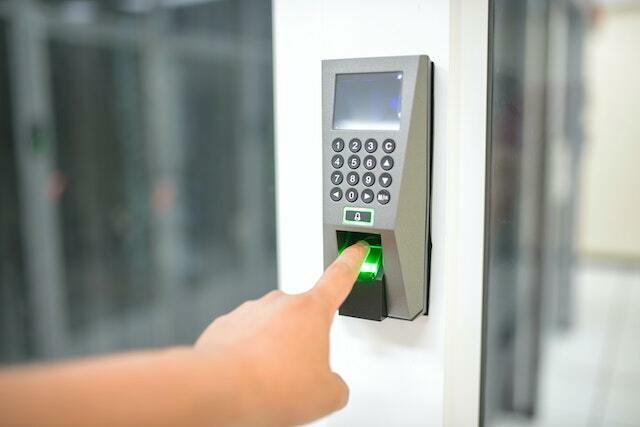
Facial Recognition and Retina Scanners
Facial recognition and retina scanning technology are also making their way into residential security systems.
These technologies offer superior security by recognizing specific physical features, thus ensuring that only authorized individuals can access the premises.
As the technology becomes more accessible, it’s likely we’ll see a rise in the use of such biometric systems in Australian homes.
Smart Home Integrations
Smart home integrations are revolutionizing the concept of home security in Australia.
By connecting various devices and systems, homeowners can control, monitor, and manage their home security from a central point, often a smartphone or a smart home hub.
Connected Security Systems
Connected security systems refer to a network of security devices that communicate and work together to ensure the safety of a home.
These systems often include various devices like smart locks, surveillance cameras, motion sensors, and alarm systems, all interconnected and accessible through a single interface.
This level of connectivity enhances the efficiency and efficacy of home security systems.
Integration with Home Automation Systems
Integration of security systems with home automation systems is another exciting development in this field.
This integration allows homeowners to control not just their security devices, but also other smart devices like lights, thermostats, and appliances from the same interface.
This not only simplifies home management but also enables homeowners to create customized automation scenarios for enhanced security.
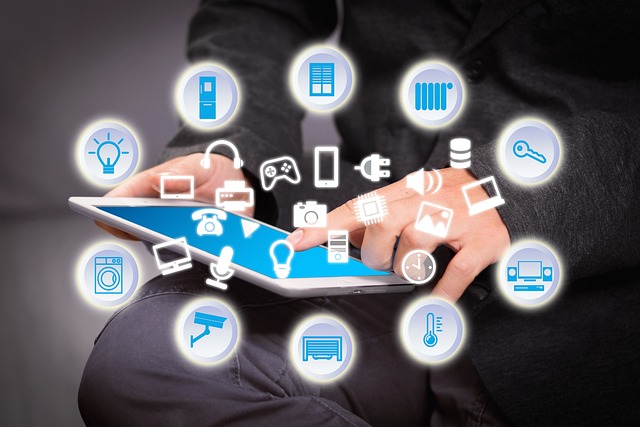
Mobile Applications and Remote Monitoring
Mobile applications and remote monitoring have become indispensable tools in home security, offering homeowners the freedom to manage their home security from anywhere.
The rise of smartphone use has played a significant role in this trend, making remote home security control a reality.
Alerts and Notifications
Real-time alerts and notifications play a crucial role in modern home security systems. These alerts keep homeowners informed of any security breaches, ensuring immediate attention to potential risks.
Whether it’s a door left open or unusual movement detected, users are instantly notified, enabling quick action.
Remote Control and Customisation
Remote control and customisation of home security systems have become standard features, offering homeowners the ability to personalise their security settings.
With the ability to adjust settings, schedules, and preferences, users can tailor their security system to meet their specific needs, whether at home or on the go.
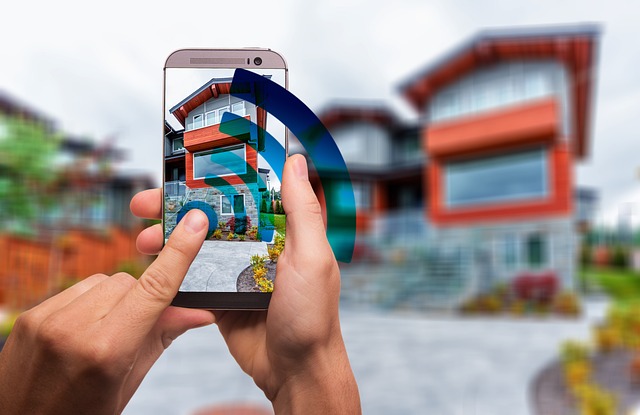
The Role of Australian Security Companies
Australian security companies are at the forefront of these technological advancements, pushing boundaries and innovating to meet the evolving needs of homeowners.
Their role is instrumental in shaping the future of home security technology in Australia.
Leading Home Security Companies in Australia
Companies such as Swann, Ring, Arlo, and ADT are some of the leading names in the Australian home security market.
They are renowned for their innovative security solutions, ranging from state-of-the-art surveillance systems to advanced home automation integrations.
Innovative Solutions from Local Companies
These leading companies continuously strive to develop innovative solutions to address the challenges of home security.
Their products reflect the latest trends in technology, including AI, machine learning, smart integrations, and more, offering homeowners a wide range of options to enhance their home security.
The Regulatory Environment
The regulatory environment in Australia plays a crucial role in shaping the home security industry.
Regulations govern how companies operate and how they develop their products, ensuring they meet stringent security and privacy standards.
This is especially important given the increasing concerns about privacy and cybersecurity in today’s digital age.

Challenges and Potential Solutions
While home security technology continues to advance, there are still several challenges that need to be addressed.
These include privacy concerns, cybersecurity risks, and the reliability of the systems. In this section, we discuss these challenges and explore potential solutions.
Privacy Concerns
As security systems become more advanced and interconnected, privacy concerns have emerged as a major issue.
Systems that constantly monitor home activities, especially those involving video and audio recording, can raise serious privacy questions.
Ensuring that these systems are designed with strong privacy protections and clear usage policies is crucial.
Cybersecurity Risks
Cybersecurity is another significant challenge. As home security systems become more connected, they also become more vulnerable to cyber threats.
Securing these systems against potential hacks is of paramount importance.
Security companies are investing heavily in cybersecurity measures to protect their systems and users’ data from potential breaches.

False Alarms and System Reliability
False alarms are a common issue with home security systems. They not only create unnecessary panic but also can lead to complacency over time.
Improving system reliability and accuracy to reduce false alarms is a priority for security companies.
Technologies such as AI and machine learning are proving useful in this regard, helping to distinguish between normal and unusual activity more accurately.
Future Projections for Home Security Technology in Australia
As technology continues to evolve, the future of home security in Australia looks promising.
The emergence of new technologies and the continuous improvement of existing ones will shape the future of home security in the country.
The Impact of 5G and IoT
The advent of 5G technology and the growth of the Internet of Things (IoT) will have a profound impact on home security.
Faster, more reliable connections will enable more devices to be connected and operate in harmony, offering enhanced security solutions.
The proliferation of IoT devices will also enable more comprehensive security systems, incorporating various aspects of the home into a unified system.
Anticipated Technological Advancements
We can expect to see further advancements in AI and machine learning, which will continue to improve the effectiveness of home security systems.
New developments in biometrics, including more reliable facial recognition and even voice recognition systems, could also become more prevalent.
And as cybersecurity becomes an increasingly pressing issue, we anticipate advancements in encryption and other security measures.
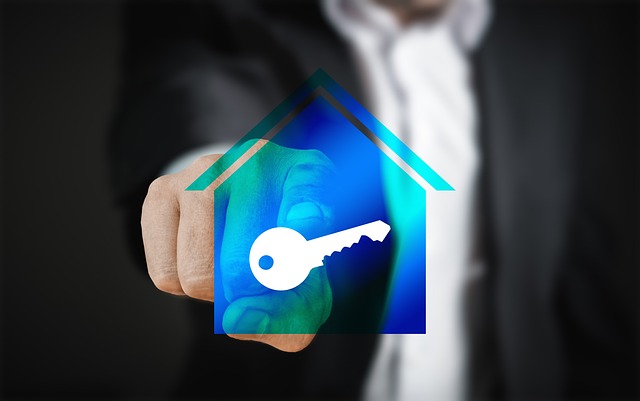
Conclusion
The landscape of home security technology in Australia is rapidly evolving, with many exciting advancements on the horizon.
As the need for more sophisticated and integrated security systems continues to grow, Australian homes can expect to become safer, smarter, and more connected.
It’s an exciting time for home security, and we look forward to seeing what the future holds.

